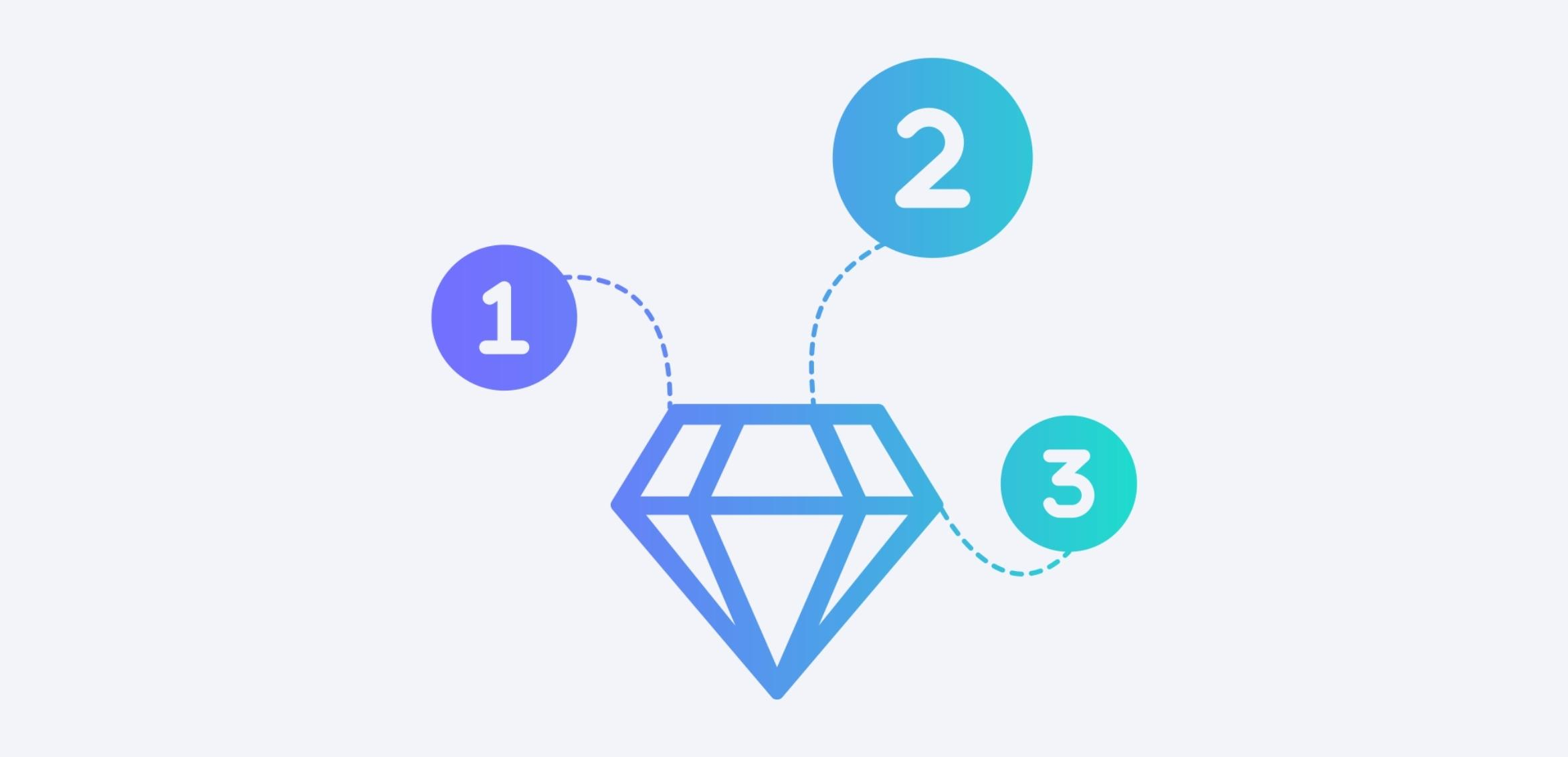Accelerate deals and increase win rates with the leading enterprise demo platform.
3 Ways Solutions Engineers Can Create Value for The New B2B Buyer

February 12, 2025
Table of Contents
Today’s B2B tech buyers want to independently explore the software products they’re interested in—just like they do in their personal lives. If they can download and evaluate a personal app without talking to sales reps, why shouldn’t they be able to do this with B2B solutions?
This change in purchasing behavior has created a big shift in how Solutions Engineers (SEs) support their organizations and Account Executives (AEs). However, as challenging as adapting to meet the new B2B buyer needs may be, it’s also created opportunities for SEs to bring more value to the sales process.
Below are 3 examples of how SEs used to engage with buyers, how the new B2B buyer needs have changed that engagement, and how they can leverage this disruption to bring more value.
1. Solution engineers as trusted advisors.
Old Way: B2B buyers wanted the SaaS companies they worked with to act as purchasing partners, guiding them towards the right product fit.
In this purchasing climate, SEs were trusted advisors who possessed a deep technical understanding, helping buyers evaluate whether or not a solution was the right for them. However, SEs were sometimes pressured to convince buyers that the product was a great fit when it actually wasn’t.
Shift: B2B tech buyers no longer want a purchasing partnership, at least not right away. They’re frustrated at being advised to adopt products that ended up not working for them and, as a result, want to prequalify a product’s technology on their own.
This new approach has SEs asking themselves, “Am I still needed as a trusted advisor if I’m not as heavily involved in the buyer’s journey?”
Opportunity: SEs are still very much in demand as trusted advisors, the difference is that they physically enter the buying process further down the road, which is a good thing!
SEs can now share their technical wisdom with a receptive buyer, one that’s already decided they’re interested in the product. This means less time spent selling technology to skeptical buyers who’ve never experienced the product and more time spent talking with informed, engaged prospects.
Because these buyers come into the process highly educated about what your product is capable of, it removes the pressure placed on SEs to persuade buyers that a poor product fit is a good fit. Instead, they can feel good about having an honest partnership with informed buyers, guiding them towards authentic solutions for their use cases.
2. Solution engineers as demo builders.
Old Way: Making live sales demos for prospects was time-consuming at best and a hot mess at worst. SEs had three choices when demonstrating their software to clients on live sales calls; production environment demos, dummy accounts, and PowerPoint decks.
Production environments were notoriously unstable from being continually remade and were often outdated since they required an update every time there was a new design or product feature rollout.
Dummy accounts weren’t much better since they were shared by sales teams and filled with the data of every SE that logged in before. (Or worse yet, logged in while you were on your live demo call.)
PowerPoint decks filled with screenshots and video clips could pass as demos, but they burdened SEs with the job of making the product come alive while prospects stared at a static screen.
Shift: The past few years have brought two big demo shifts for SEs:
- No-code demo creation platforms came on the scene, making it much (much) easier for SEs to produce, customize and standardize live sales demos that look, feel and respond like real product interactions.
- “Request a Demo” pages started popping up on just about every SaaS company’s website, significantly increasing the number of demos SEs have to build.
Opportunity: There are risks and opportunities in this new demo-forward B2B culture. One risk is that SEs will try to keep up with the rising demand for demos and quickly become demo factories, churning out one demo after the next without time to do much else.
The opportunity for SEs comes when they use a demo creation platform to more efficiently make demos and then prioritize the extra time the platform has given them.
Here’s an example of how an SE might move forward with new processes after adopting a demo creation platform:
- Map: SE maps out the vertical markets their AEs are targeting and identifies product use cases within them.
- Build: SE uses a demo creation platform to pre-make (gorgeous) custom demos in sandbox environments for each vertical market use case.
- Deliver: SEs meet new buyer needs by giving their AEs relevant persuasive pre-made demos they can run without them during discovery demo calls.
- Discern: SEs start guarding that regained calendar time, only attending live sales demo calls with later-stage buyers.
3. Solution engineers as revenue drivers.
Old Way: People have historically underestimated SEs contribution to the bottom line because their compensation isn’t tied to customer acquisition at the same percentage that AE compensation is. SEs were the “tech guys,” with all the credit for the sale going to the AEs.
Shift: Today’s buyers require up-front product exploration before they’ll invest in the buying process; for companies with complex offerings, this usually looks like a demo—making SEs more valuable than ever.
Opportunity: SEs should advocate for the adoption of a demo creation platform that includes usage analytics. This will allow them to clearly tie buyer interest back to their demo work. Having this data in hand is an irrefutable way to demonstrate how their value directly correlates with organizational revenue.
Usage analytics will tell an SE how often their prospect went back into the demo, how long they spent there, and if they shared it. SEs can ensure they have highly specific usage data by making their demos in a few different ways:
- Create a gated version of the live sales demo with a sandbox environment that buyers can explore after the call. By requiring them to input data like their name and email for access, SEs will be able to see which users are engaging with their demos
- Create gated, guided demos as leave-behinds for buyers. Guided demos have elements like pulsating buttons and pop-up instructions that act as a virtual AE & SE team, filling in the knowledge gaps for your champion while sharing it with stakeholders.
Note: Ungated demos still provide usage analytics; they’ll just be tied to the user’s IP address rather than their contact information.
The more control SEs have over their time, the more value they can bring.
The new B2B buyer wants exactly what SEs are good at delivering; immediate and understandable product access. SEs that have adopted demo creation platforms can give this to buyers via custom demos with sandbox environments.
SEs that optimize their demo creation process this way will be able to take control of their time, excusing themselves from meetings with early-stage prospects so they can continue to act as trusted advisors and revenue drivers.
Ready to try out a demo creation platform for yourself? Reprise is the perfect partner for SEs that want to bring value to the new B2B buyer. Request a Reprise demo today and see for yourself!






